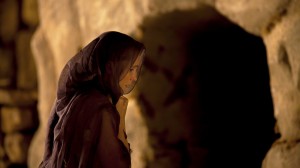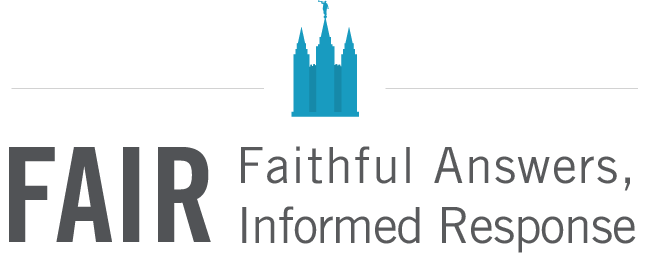Podcast: Download (8.9MB)
Subscribe: RSS
 Can people really come back to life? What evidence is there for the resurrection of Christ? In this episode of Religion Today, which originally aired on KSL Radio on April 8, 2012, Martin Tanner discusses the reality of the resurrection and the hope that lies therein for all of us.
Can people really come back to life? What evidence is there for the resurrection of Christ? In this episode of Religion Today, which originally aired on KSL Radio on April 8, 2012, Martin Tanner discusses the reality of the resurrection and the hope that lies therein for all of us.
This recording was used by permission of KSL Radio and does not necessarily represent the views of The Church of Jesus Christ of Latter-day Saints or of FAIR.
Note that the first part of this recording has been lost.


